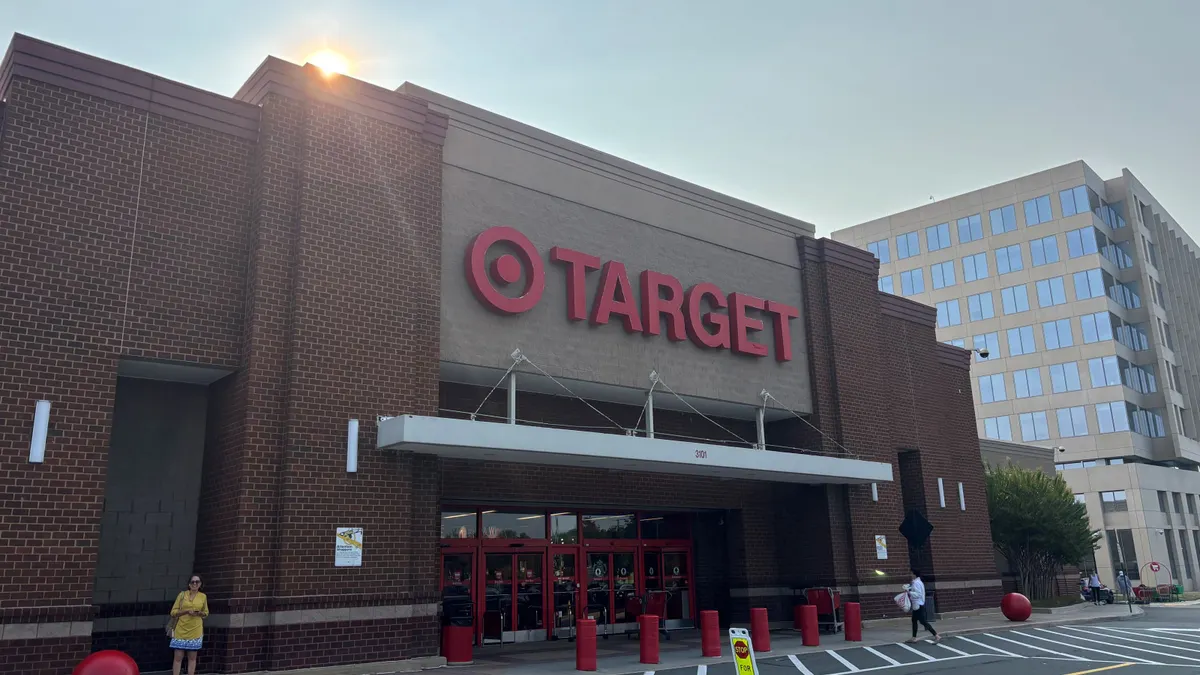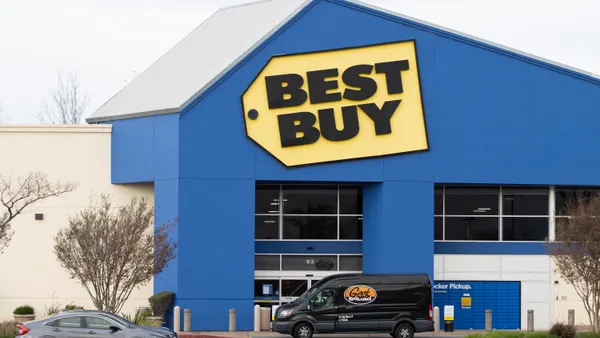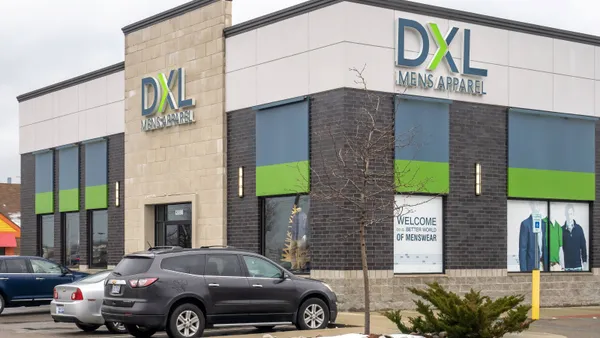For years, supply chain and IT leaders have battled a stubborn yet familiar problem: they watch as peak season puts their fragmented supply chain systems to the test. Unfortunately, the technologies often break under the pressure created by ongoing external disruptions, volume surges, operational bottlenecks and the inability to see it all.
Due to its unpredictability, peak season tends to expose technical weaknesses, resulting in failures that occur at a time when retailers, e-commerce businesses and 3PLs require efficiency and optimal decision-making the most. Instead of a sales enabler, technology becomes a peak-season bottleneck when standalone solutions can’t integrate, custom development becomes too costly to support and reactive operations slow progress.
Why disconnected systems hold retailers back
For many retailers, e-commerce companies and third-party logistics firms (3PLs), fulfillment technology is often a patchwork of systems that don’t communicate or work together. Because valuable data lives in siloes, fulfillment teams must use unreliable or manual processes to deliver accurate updates and insights on inventory levels and order status. In the crunch of peak season, this fragmented approach causes growth to buckle. A lack of visibility and real-time coordination leaves organizations struggling to explain missed delivery windows and broken customer promises.
According to research from Deposco, in 2024, leaders rushed to technology to digitize their supply chains for peak – 51% invested in AI and 42% invested in automated guided vehicles — but new innovations fell flat for many.
In 2025, leaders realize that these tools only make the tech stack more complex if a cohesive, integrated backbone isn’t in place to tie it all together first. New technology requires a foundation that supports comprehensive flexibility, operational visibility, intelligence and control. Without it, teams spend too much time trying to connect the dots instead of serving customers or pursuing growth.
Integrated tech sets the pace for retail in 2025
This year is a turning point for peak season, as leaders uncover new ways to accelerate speed, innovation and resilience. According to Deposco’s 2025 peak report, retailers, e-commerce brands and 3PLs are rethinking their approach to supply chain tech deployments.
IT and operations leaders are shifting their focus from chasing the next big thing to implementing unified, AI-based supply chain platforms that tame immediate chaos while building for the future. Rather than layering new solutions on top of legacy technology, unified warehouse management systems (WMS) bring AI, automation and data intelligence together under a single, connected framework. Modernizing the foundation enables teams to execute with speed, clarity and confidence during peak seasons and beyond.
For 84% of survey respondents, integrated systems are already transforming their confidence in their ability to adapt to disruption and opportunity. By integrating technology, they can also make improvements in the areas of their supply chain that need the most attention and optimization for peak season, including:
- Real-time cost tracking and margin analysis to safeguard profit margins and control expenses amid volatile order volumes and shifting market pressures (32%)
- Multi-region supplier management and risk assessments to ensure reliable product flow across complex, global networks (30%)
- Technology integration for data visibility to enable rapid, cross-functional decision-making based on complete, real-time information (30%)
Elevating performance with unified platforms
Retail IT leaders who once spent their days addressing operational emergencies and disruptions can finally focus on strategy and growth once they have a unified WMS + OMS in place that can adapt to their organization, regardless of the disruptions the market brings. The right integrated cloud platforms can provide visibility across your entire operation, with pre-built connectors that unleash innovation in 90 days, real-time intelligence within a single codebase, and seamless onboarding for seasonal hires in under 30 minutes.
With advanced analytics and real-time control, teams can understand profitability and inventory availability down to the order level every minute of the day.
For example, technology integration can help:
- Ensure that stock levels are always accurate and orders are fulfilled accurately
- Accelerate fulfillment and shipping processes so customers receive their orders faster during demand spikes
- Give every stakeholder instant, actionable data for faster response to market changes
- Automate routine warehousing tasks, freeing up staff to focus on higher-value activities
- Optimize stock across all locations and channels
- Easily integrate new solutions without a heavy, custom IT project
An integrated foundation makes every upgrade seamless, every response faster, and every peak season an opportunity to outperform the competition. Visit Deposco.com to discover how unified supply chain platforms can transform your brand’s peak season performance.










